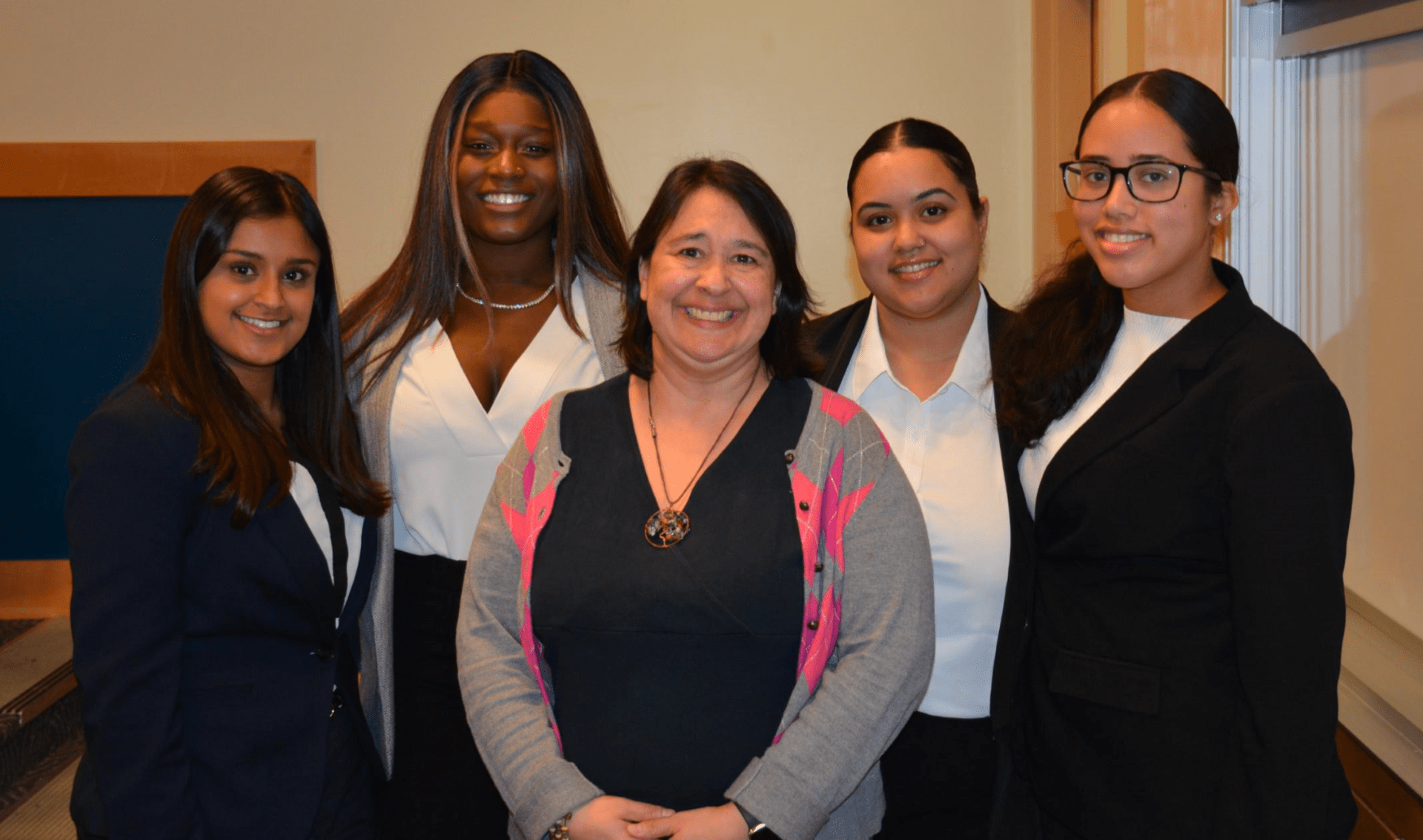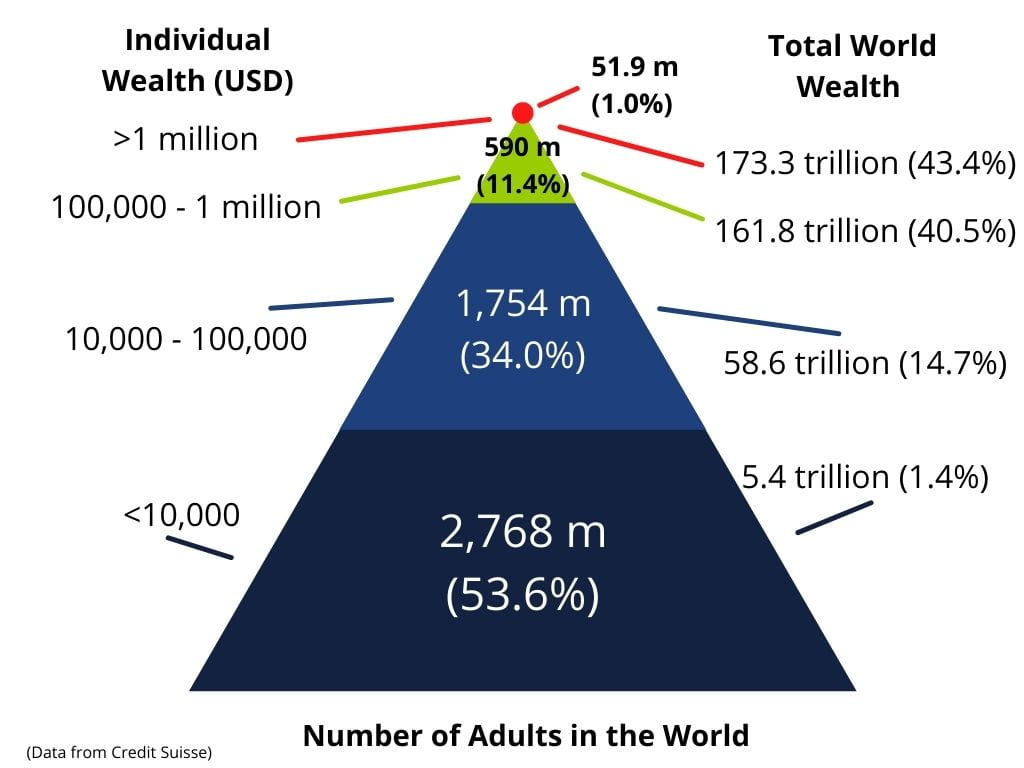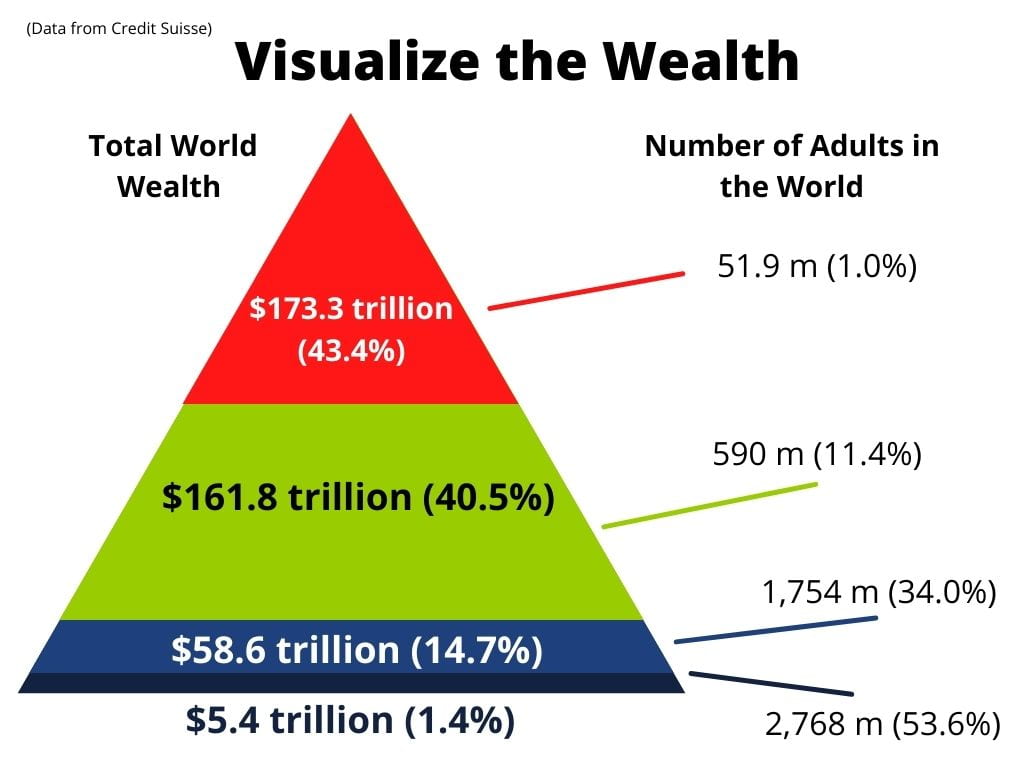CORPORATE INNOVATION & ENTREPRENEURSHIP AND SUSTAINABILITY
What is "Bottom of the Pyramid"?
The World Bank effectively summarizes the power and promise of “bottom of the pyramid” (BOP) business strategy:
“Four billion low-income consumers, the majority of the world’s population, constitute the base of the economic pyramid…their aggregate purchasing power and their behavior as consumers suggest significant opportunities for market based approaches to better meet their needs, increase their productivity and incomes, and empower their entry into the formal economy.”
The promise of profitably serving the world’s poor is attractive but very difficult. As Cornell’s Erik Simanis observed in Reality Check at the Base of the Pyramid: “Stories of well-meaning commercial ventures that couldn’t make sustainable profits are all too common in low-income markets.”
Innovation and entrepreneurship are clearly needed to expand the application and effectiveness of this promising area of sustainable business strategy.

The winning team from a recent Sustainable Business Case Competition focused on “bottom of the pyramid” issues.
An Untapped Market
In their famous article on BOP strategy, “Fortune at the Bottom of the Pyramid”, C.K Prahalad and S. L. Hart wrote, “The perception that the bottom of the pyramid is not a viable market fails to take into account the growing importance of the informal economy among the poorest of the poor, which by some estimates accounts for 40 to 60 percent of all economic activity in developing countries.”
BOP success stories are important to understand so that lessons can be identified. The authors point to Grameen Bank, Opportunity Finance Network and Community Development Financial Institutions (CDFIs), and Unilever Hindustan.
Studying successful BOP strategy reveals the essential elements of:
- deep understanding of the problem is required
- strong local connections
- excellent business processes and financial management
The social mission must be supported by a profitable enterprise thus loan amounts and rates must be carefully considered, diversified, and, in some cases, underwritten during difficultu times and market downturns.
Warning: Solutions to Poverty Aren’t Always Profitable
In a popular Stanford Social Innovation Review article “The Trouble with Impact Investing” Kevin Starr is critical of the “win-win” promise of the kind of strategies promised by BOP proponents. He makes the point that “few solutions that meet the fundamental needs of the poor will get you your money back”.
Innovators and entrepreneurs are wise to look at BOP with both hope and skepticism.
Learn about more sustainability concepts within this major.
ADVANCE YOUR KNOWLEDGE OF CORPORATE INNOVATION & ENTREPRENEURSHIP AND SUSTAINABILITY
Learn what sustainable supply chain is all about and its importance
Learn the important things to know in this field
Learn how sustainability fits into your courses
Learn how sustainability relates to your career


